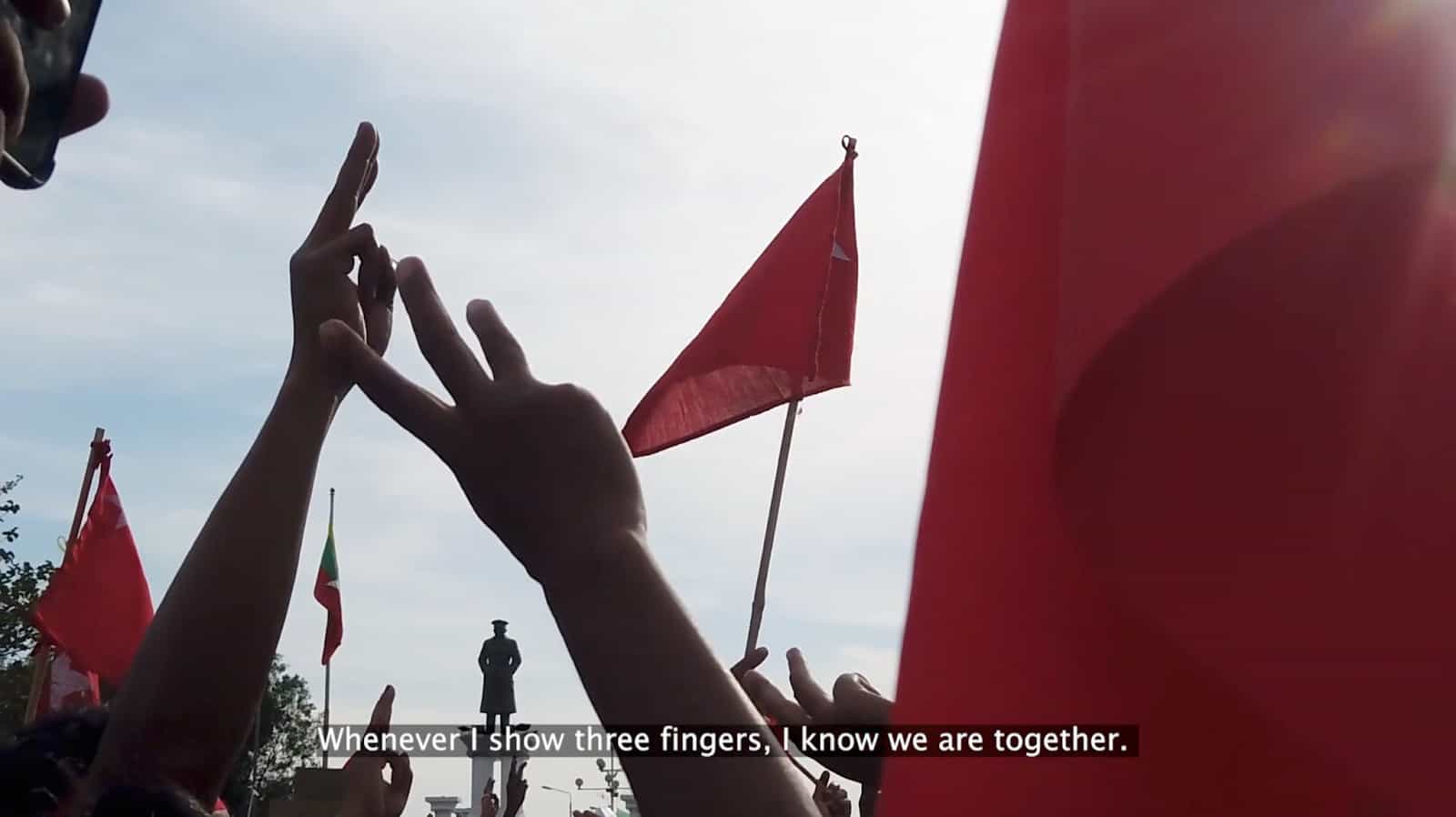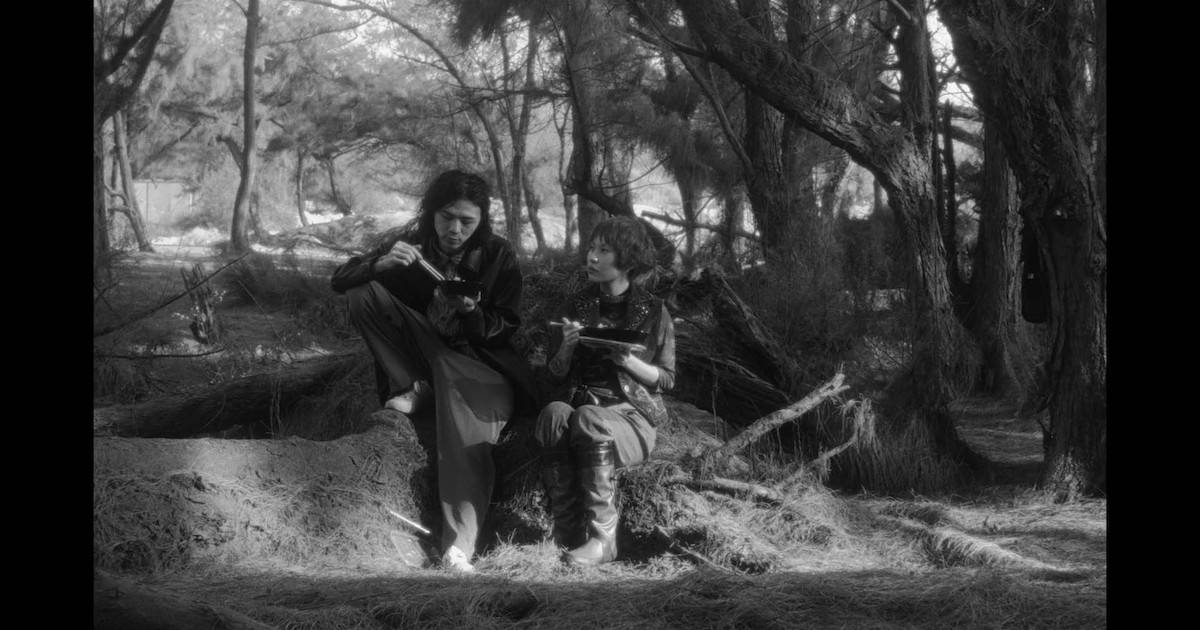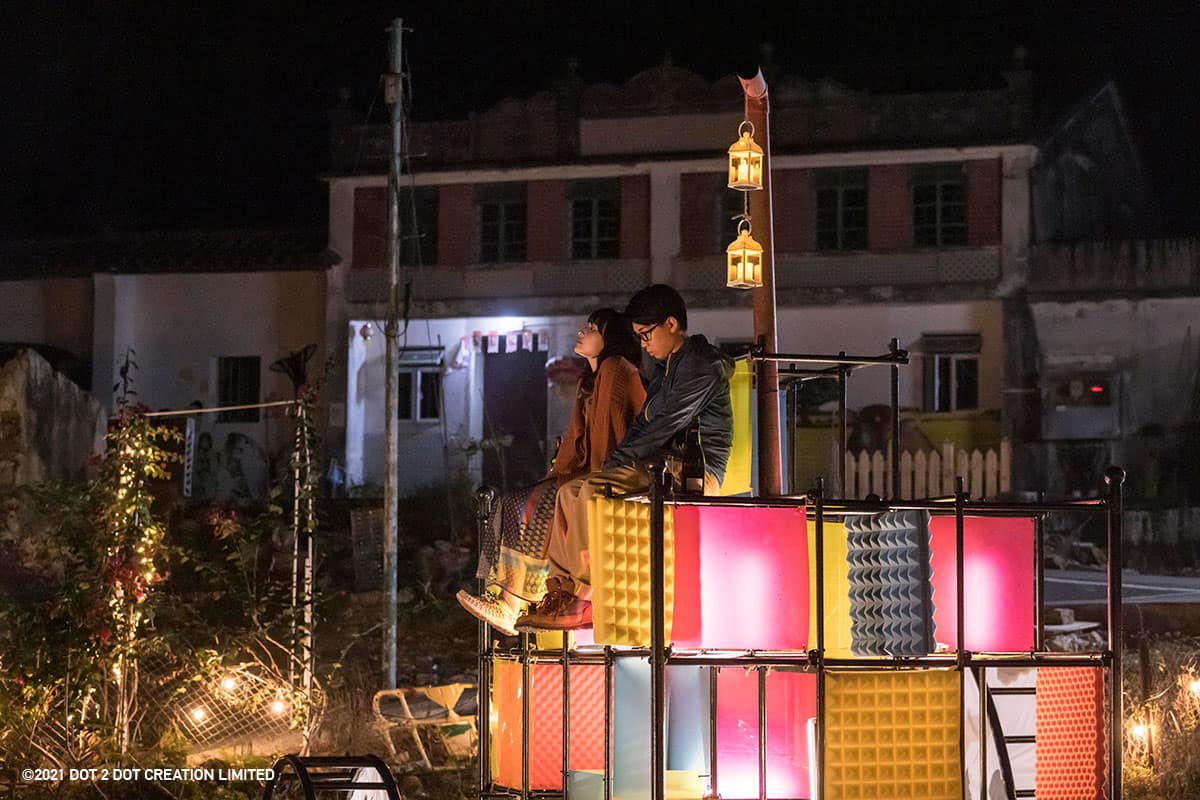After he had cut ties with production company Nikkatsu, director Seijun Suzuki struggled for a long time to find new projects, due to the structure of the Japanese film industry as a whole and his recognition as someone who could not follow orders. With “Zigeunerweisen”, released over a decade after his last work for Nikkatsu, he returned to the spotlight in a way, directing a feature that would also mark a blend of his former stylistic approach as well as new themes and aesthetics. “Kagero-za” is the second entry into the so-called Taisho trilogy, named after the period all three features are set in, and is widely regarded as perhaps the best one in the series. While the feature may prove just as challenging for the viewer, narratively and stylistically, as the other entries in the trilogy, the story about disorientation as well as past and present longings contains some of the most beautiful imagery of the director's career.
Kagero-za is screening as part of the Seijun Suzuki Centennial presented by Japan Society
The script, based on a story by writer Izumi Kyoka, revolves around playwright Matsuzaki Shunko (Yusaku Matsuda), who, during a stroll through the town he lives in, encounters a woman (Michiyo Ookusu) on her way to the hospital. Their discussion, which deals with her telling him about another woman and her curious demise, is accompanied by his strange sensation of having seen her somewhere before. Little by little, he becomes confident the woman may be Shinako, the wife of his wealthy patron Tamawaki (Katsuo Nakamura). However, since she has been dead for quite some time, he is also sure to have seen a ghost.
Matters become even more complicated as Shunko hears about Tamawaki being married to two wives, Shinako as well as Ine (Eriko Kusuda), a woman he met during his time in Germany. While she does look very much alike his other wife, her blonde hair and blue eyes (which only shows when the moon rises) make her distinct from Shinako. At the same time, there is a certain attraction between the writer and the two women, even though he still remains indecisive which one is the real wife and who is the ghost, and if any of what he has heard is actually the truth.
For viewers who have become accustomed to the kind of features Suzuki made during the 1960s, pretty much any entry of the Taisho-trilogy will feel like a work made by a completely different artist. While aesthetically there are some parallels, for example, when considering the color scheme of certain scenes, these concepts have to be perceived within the context of the era in which the story takes place, which was known for its color patterns, distinct style and other features. Suzuki highlights his love for this period within Japanese history by frequently alluding to the aspects, for instance, the fashion and the music. While some sequences may feel as if meant as references, this is a much more authentic approach staying true to a time and place, which was defined by its transition from tradition to modernity, perhaps explaining some of the confusing plot elements revolving around ghosts and the fallacies of one's perception of reality.
As you might have guessed from the basic plot, there is much to take into account when approaching a feature such as “Kagero-za”, which is perhaps the most interesting, but at the same time the bulkiest entry into the trilogy. Although there is no denying the sheer beauty in aspects such as Kazue Nagatsuka's cinematography, which often echoes similar imagery from the works of, for example, Alain Resnais, “Kagero-za” is often quite abstract, requiring frequent revisits to some scenes and sequences to comprehend the whole range of themes the director wants to address. However, as you become more involved with the narrative and the counter-mainstream style Suzuki utilizes, you may be trapped within this story of illusion, reality and dream the same way the protagonist cannot let go of the chance encounter portrayed at the beginning of “Kagero-za”.
In the end, “Kagero-za” may not be the ideal first encounter for a viewer interested in the work of Seijun Suzuki. With the added foundation of his previous features and his drive to break out of the vicious circle of an industry wanting to stick to secure formulas, you may find some kind of appreciation for the dedication of the filmmaker to this period, these characters and their issues.
















